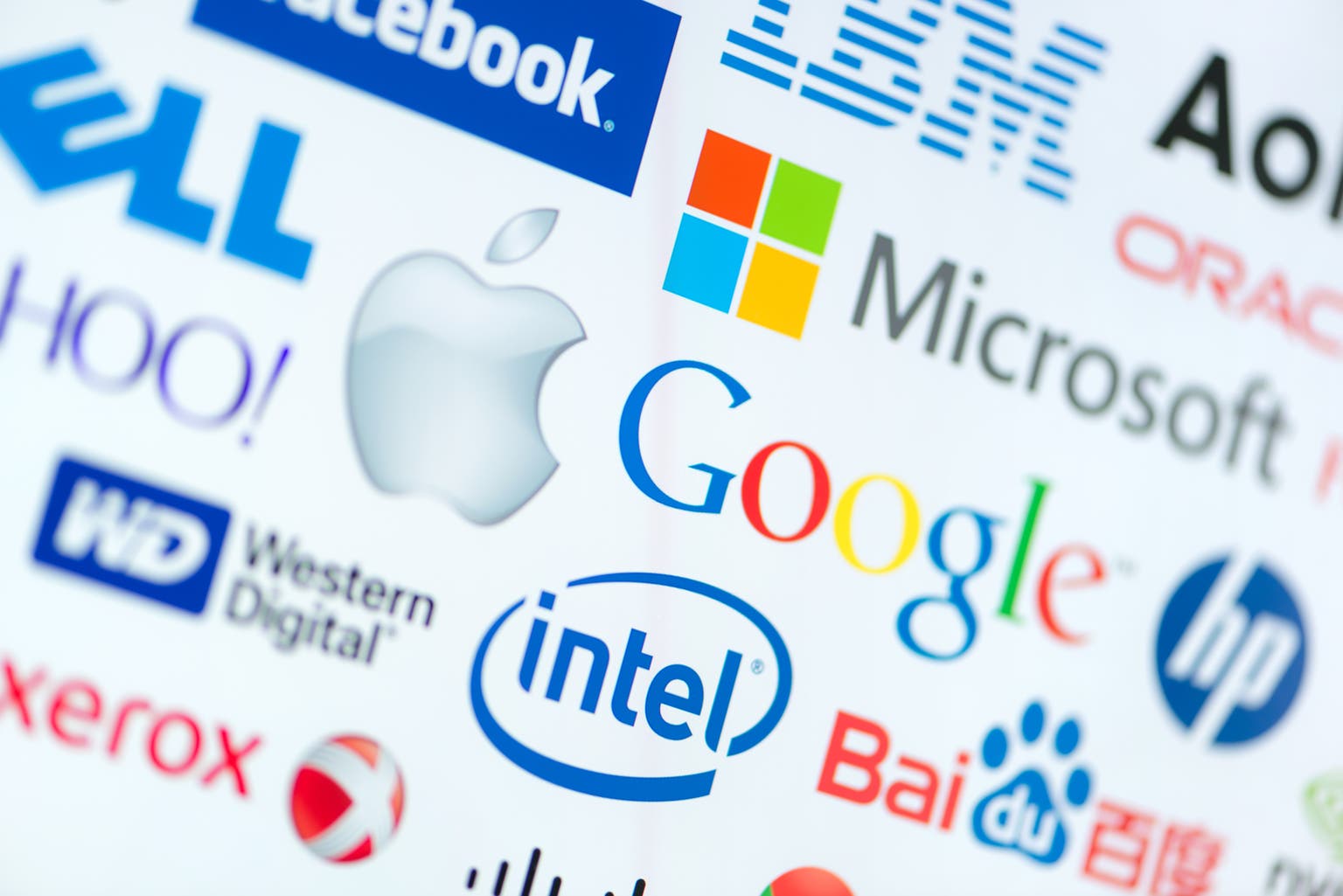Inside Anthropic: How the AI Pioneer Leverages Claude for Internal Innovation

Anthropic, the company behind the groundbreaking Claude AI models, is rapidly gaining recognition for its advancements in large language models. But how does Anthropic itself *use* its own technology? We sat down with Alex Albert, Developer Relations Lead at Anthropic, to explore the fascinating ways Claude.ai and Claude Code are integrated into their internal workflows, driving innovation and boosting developer productivity.
Beyond the Hype: Practical Applications of Claude
It's one thing to build powerful AI; it's another to effectively integrate it into the fabric of a company. Anthropic isn't just showcasing Claude's capabilities to the world; they're actively using it to enhance their own operations. Albert explains that the team has been experimenting with Claude across a wide range of tasks, from internal documentation and code generation to brainstorming and even customer support simulations.
Claude.ai: The Internal Knowledge Base and Assistant
One of the most significant applications of Claude.ai internally is as a sophisticated knowledge base and assistant. Anthropic has fed Claude with vast amounts of internal documentation, research papers, and code repositories. This allows employees to quickly access information and get answers to complex questions without sifting through endless documents. "It's like having a super-smart, always-available colleague who knows everything about Anthropic," Albert notes. This dramatically reduces time spent searching for information and allows employees to focus on more strategic tasks.
Claude Code: Supercharging Developer Productivity
For Anthropic's engineering teams, Claude Code has proven to be a game-changer. The model's ability to generate code, debug existing code, and suggest improvements has significantly accelerated the development process. "Claude Code is helping our engineers write better code, faster," Albert states. They are using it for tasks like generating boilerplate code, refactoring existing codebases, and even identifying potential security vulnerabilities. The integration isn't about replacing developers; it's about augmenting their abilities and freeing them from repetitive tasks.
Customer Support and Simulation: Refining Claude's Abilities
Anthropic also utilizes Claude to simulate customer interactions and refine the model's ability to handle real-world queries. By feeding Claude with simulated customer support scenarios, they can identify areas where the model needs improvement and fine-tune its responses to be more helpful and accurate. This proactive approach ensures that Claude continues to evolve and deliver exceptional performance.
Looking Ahead: The Future of AI-Powered Internal Tools
Anthropic's internal use of Claude is a testament to the transformative potential of AI. As AI technology continues to advance, we can expect to see even more innovative applications of these tools within organizations. Albert envisions a future where AI-powered assistants are seamlessly integrated into every aspect of the workplace, empowering employees to be more productive, creative, and innovative. Anthropic is leading the charge, demonstrating that the best way to build better AI is often to use it internally.
Key Takeaways:
- Anthropic is actively using Claude.ai and Claude Code internally.
- Claude.ai serves as a powerful knowledge base and assistant for employees.
- Claude Code significantly boosts developer productivity.
- Simulations are used to refine Claude's customer support capabilities.
- Anthropic's internal use case highlights the potential for AI-powered internal tools.






